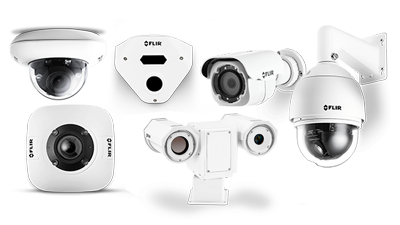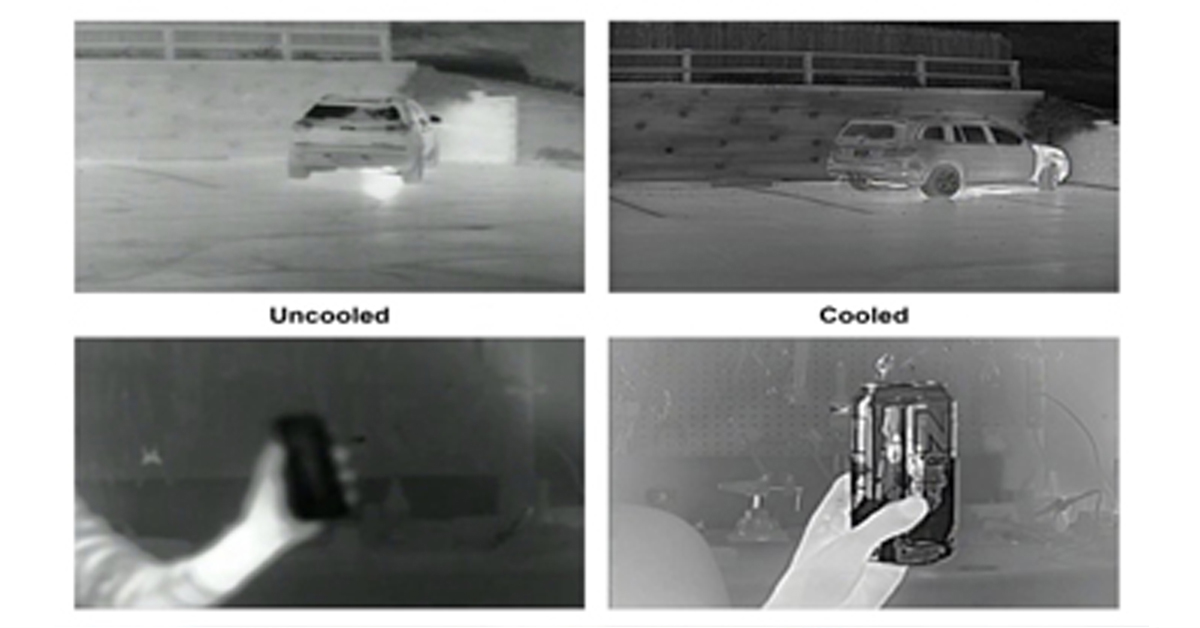
Stabilizing FLIR Cameras for Smooth Viewing in Rough Waters
Superior Stabilization for a Better Outlook
If you’ve spent time on the water, you know that no boat or ship remains perfectly steady. Wind, waves, and wakes create constant movement, making it difficult to maintain a clear view through a marine camera system. Without stabilization, vessel motion can cause the camera image to bounce and shift, reducing visibility and precision.
Advanced Gyro Stabilization for Steady Imaging
FLIR Marine cameras counteract vessel motion using a sophisticated gimbal system with 2-axis mechanical gyro stabilization—a standard feature on all M300, M400, and M500-series cameras. Equipped with solid-state rate gyro sensors, these cameras detect the slightest movements and automatically adjust their pan and tilt mechanisms using precision servos. This intelligent system keeps the camera steady, ensuring clear visuals even in rough conditions.
Removing Bounce with Vertical Stabilization
Vertical stabilization corrects for pitching motions, keeping the horizon steady as your boat rises and falls with the waves. This feature proves especially valuable when using digital and optical zoom, since even slight movement is exaggerated at long distances.
For onboard observations, such as monitoring crew activity at the bow, vertical stabilization can be instantly switched off, allowing the camera to move naturally with the vessel.
Locking Focus with Horizontal Stabilization
Horizontal stabilization maintains the camera’s focus on a target even as the vessel changes heading. This capability is indispensable for marine firefighting units, enabling thermal cameras to remain locked onto a fire scene while boats maneuver for optimal positioning.
Simply point the camera at your subject, activate horizontal stabilization, and let the system do the rest. If needed, the operator can manually shift the view to another bearing, and the camera will immediately re-lock. When departing a scene, disable horizontal stabilization and return the camera back to its forward-facing position for underway navigation.
Digital Video Stabilization for FLIR M232
The M232 model is a favorite among recreational boaters venturing out after dark because of its compact size and accessibility. While its performance is excellent in calm waters, the lack of built-in gyro stabilization can present challenges in rough conditions.
To address this, Raymarine’s Axiom chartplotters, when paired with an AR200 Augmented Reality sensor module, provide digital video stabilization. The AR200 uses a built-in rate gyro and high-precision GNSS receiver to track pitch, roll, and yaw, transmitting real-time corrections to the Axiom chartplotter. While not as advanced as mechanical stabilization, this digital solution significantly improves image stability.
Additionally, when used with the AR200 and Axiom the M232 camera feed can overlay Augmented Reality data, including AIS targets, navigation aids, and waypoints, further enhancing situational awareness.
Summary
Reliable stabilization ensures crisp, clear imaging in any sea conditions. Whether for high-performance vessels, emergency responders, or commercial shipping, stabilization is a must-have feature for safer, more effective navigation.
Blog Posts

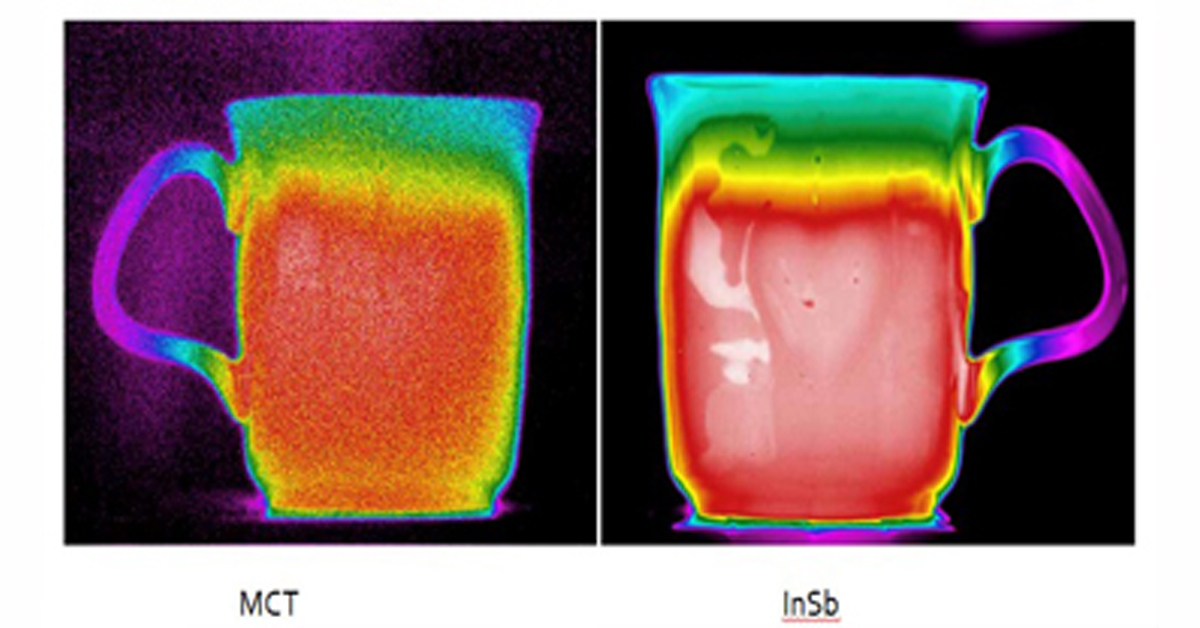
Thermal Camera Selection
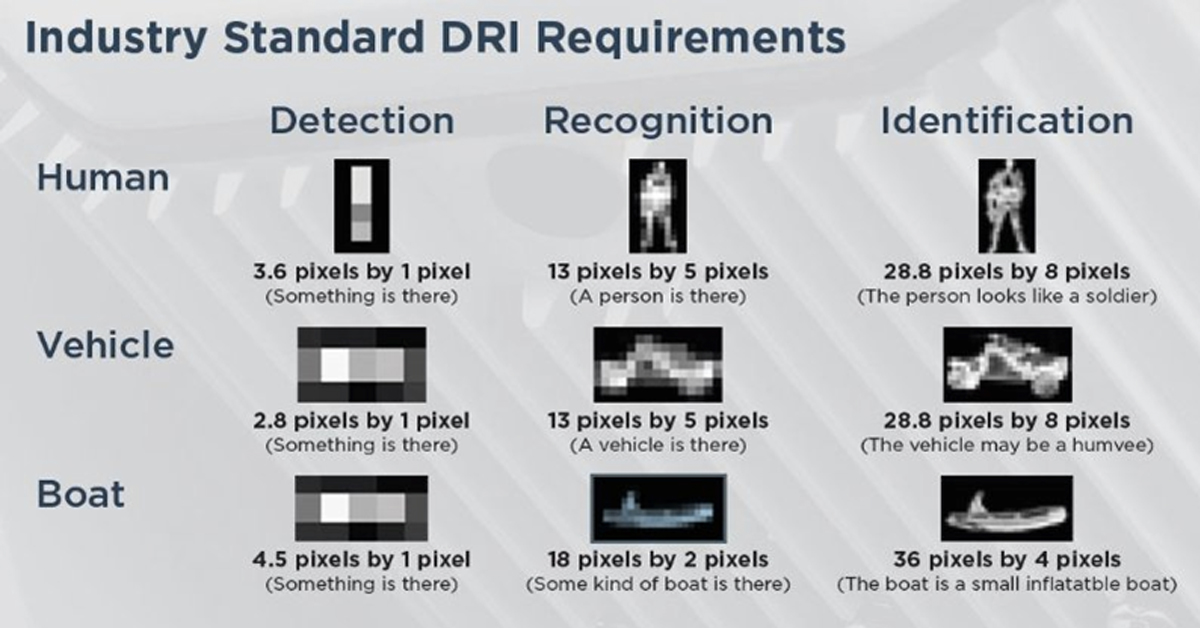
How Far Can I See?

How Should Human Temperature Be Measured?

What is Wide Dynamic Range?

MYNOISE AUDIO MIXER REVIEW

WHAT IS A WIRELESS DISTRIBUTION SYSTEM?

POE VS. POE+ VS. POE++: CHOOSING THE RIGHT INDUSTRIAL ETHERNET SWITCH FOR YOU
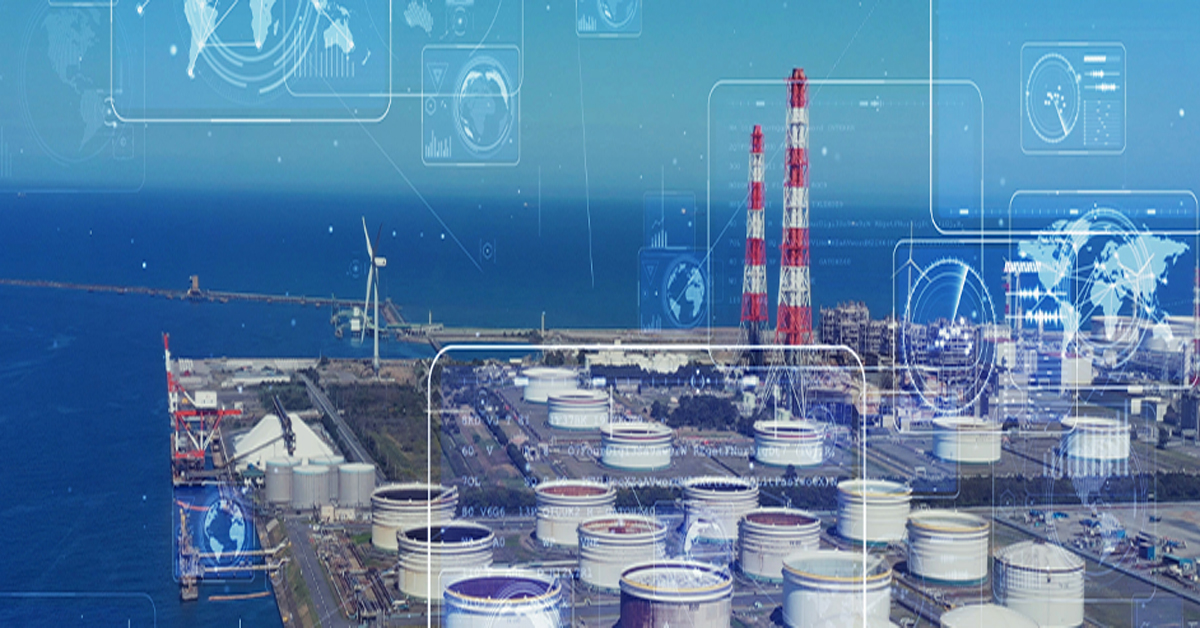
INDUSTRY-LEADING INDUSTRIAL ETHERNET SWITCHES

UNDERSTANDING WHAT THE INDUSTRIAL INTERNET OF THINGS IS

THE DIFFERENCE BETWEEN A HUB, SWITCH, & ROUTER
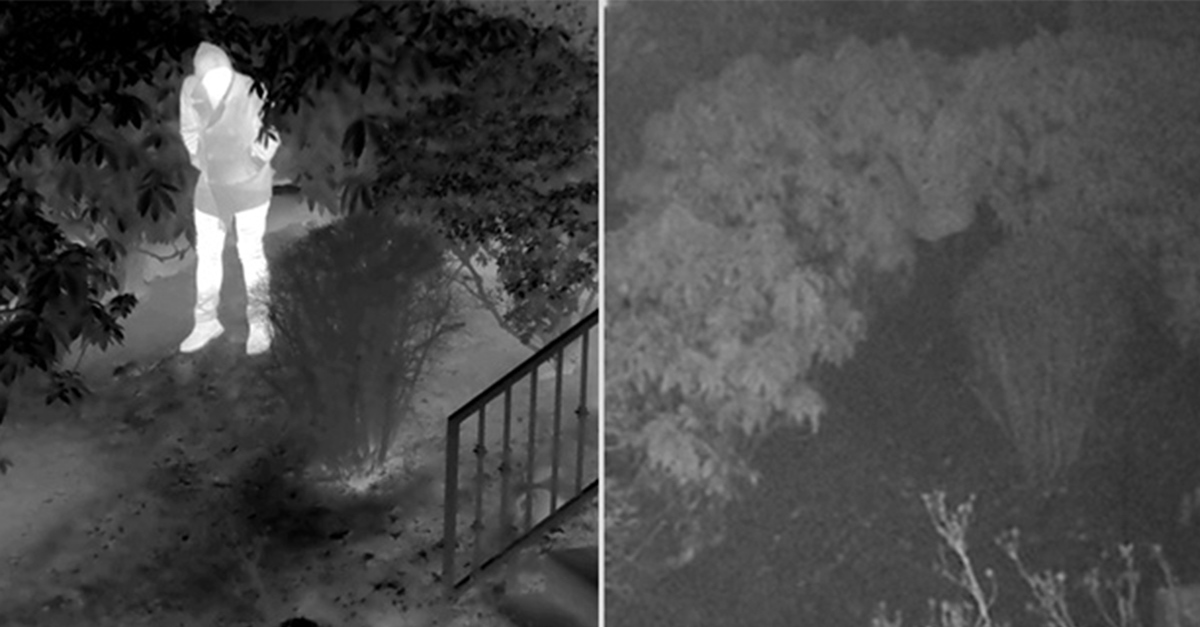
5 Benefits of Thermal Imaging Cameras

DIFFERENCE BETWEEN INDUSTRIAL ETHERNET AND REGULAR ETHERNET

INDUSTRIAL NETWORKING EQUIPMENT USED FOR AUTONOMOUS VEHICLES

CYBERSECURITY: PROTECTING INDUSTRIAL CONTROL SYSTEMS

HOW INDUSTRIAL NETWORKING CAN PROVIDE SECURITY FROM DRONES
.webp)
Thermal Cameras Reveal How to Keep Your Home Cool During a Heat Wave

FLıR ONE PRO
.png)
Unmatched Maritime Awareness with Cooled Thermal Imaging
.png)
What Is the Right Handheld Thermal Camera for You?
.png)
Camera Resolution and Range
.png)
Special Applications for Marine Cameras
.png)
What’s The Difference between Thermal Imaging and Night Vision?
.png)
Can Thermal Imaging See Through Fog and Rain?
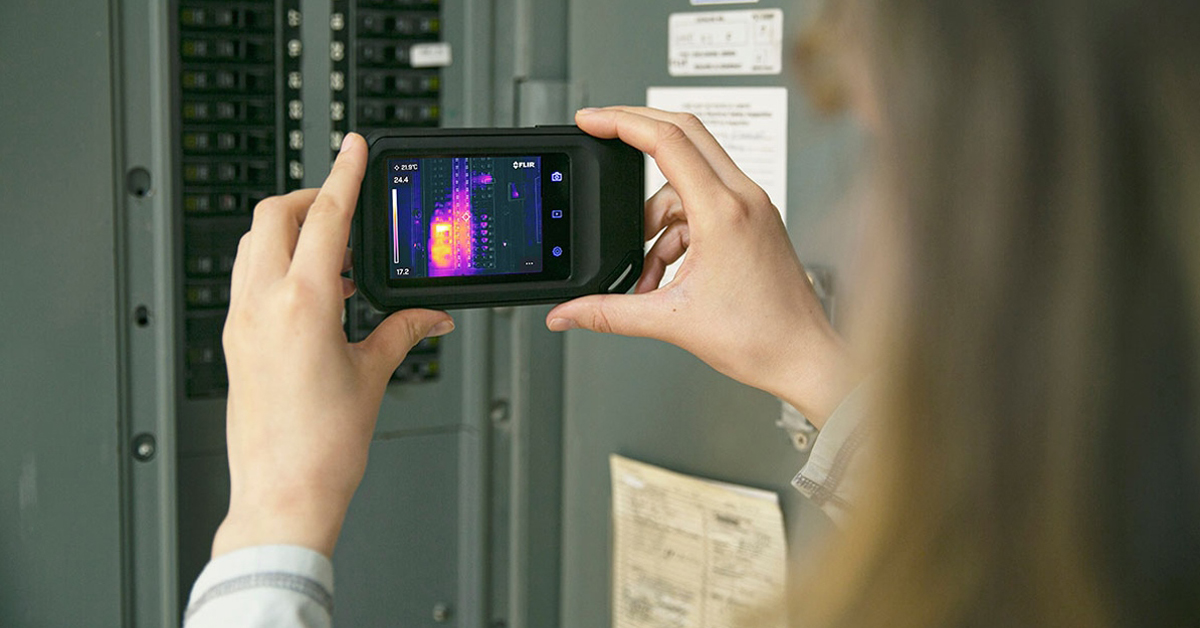
Which Cx-Series Camera Is Right for You?
.png)
What is MSX®?

Five Reasons Maritime First Responders Need Thermal Imaging
.png)
3 Distinguishing Features of Superior Thermal Cameras
.png)
Determine Which Visible and Thermal Security Cameras You Need
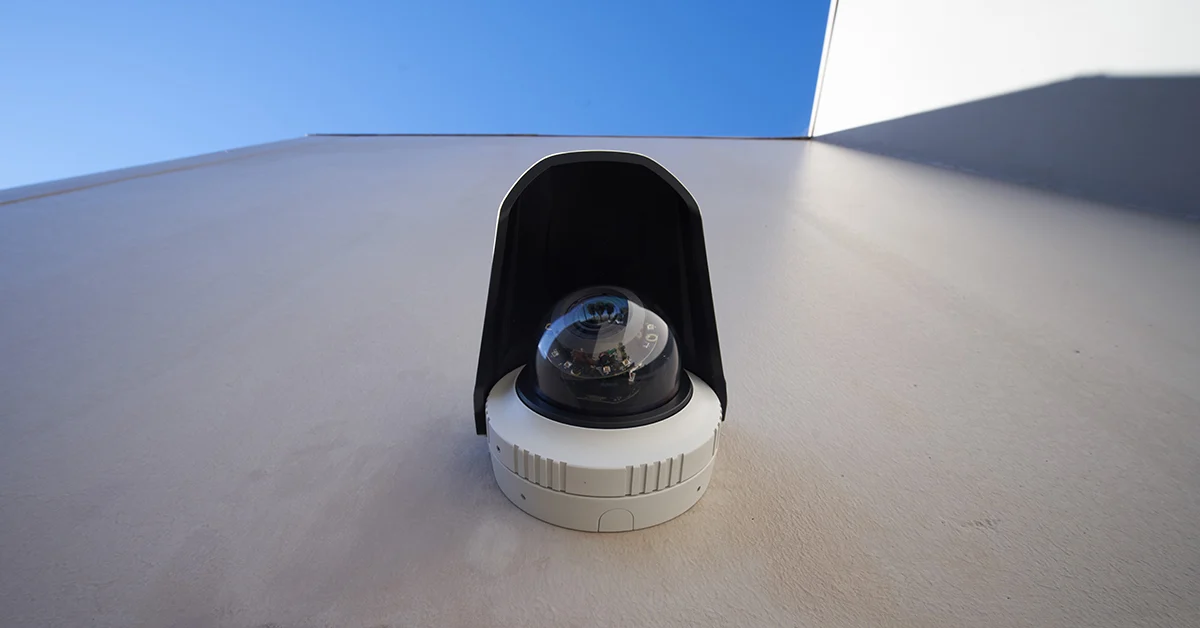
Bullet vs. PTZ vs. Dome: Which Security Camera Is Right for You?

Interfaces for Machine Vision

Machine Vision Sensor Review
.png)
Teledyne FLIR, the Industry Leader, Launches Boson +, a Long-Wave Infrared Thermal Imager Module with an Accuracy of Less Than 20 mK
.png)
Whitepaper: IP-Based Security Convergence
.png)
3 Technologies Transforming Safe Cities into Smart Cities
.png)
Insights from the Field: Ensuring Workplace Safety Using Thermal Camera Screening for Entry Control

Thermal Night Vision as a Force Multiplier

Can Thermal Imaging See Through Walls? And Other Common Questions
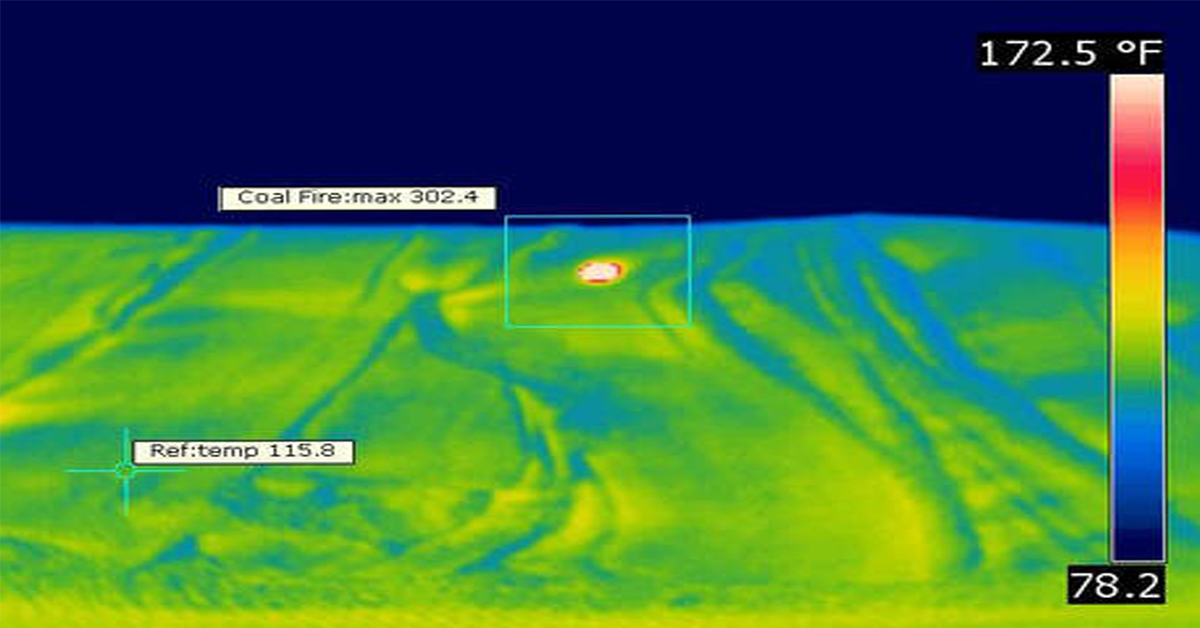
Application Spotlight: Early Fire Detection for Rapid Heat Generation

Protect Personnel and Equipment by Detecting Early Signs of Fire
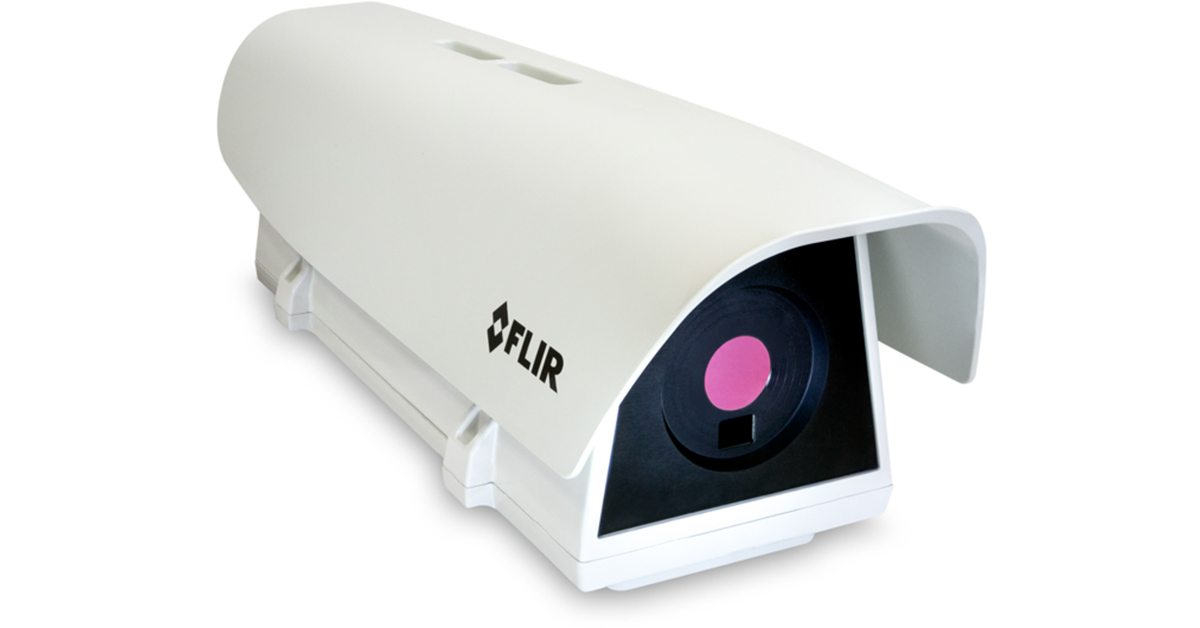
Teledyne FLIR Launches A500f/A700f Cameras for Fire Detection and Condition Monitoring

Thermal Imaging Cameras Help Guarantee Fire Safety in Tunnels

Thermal Imaging Cameras Help to Prevent Fires

ITS-Series Dual AID Surpasses Standards for Fire Detection Systems in Japan
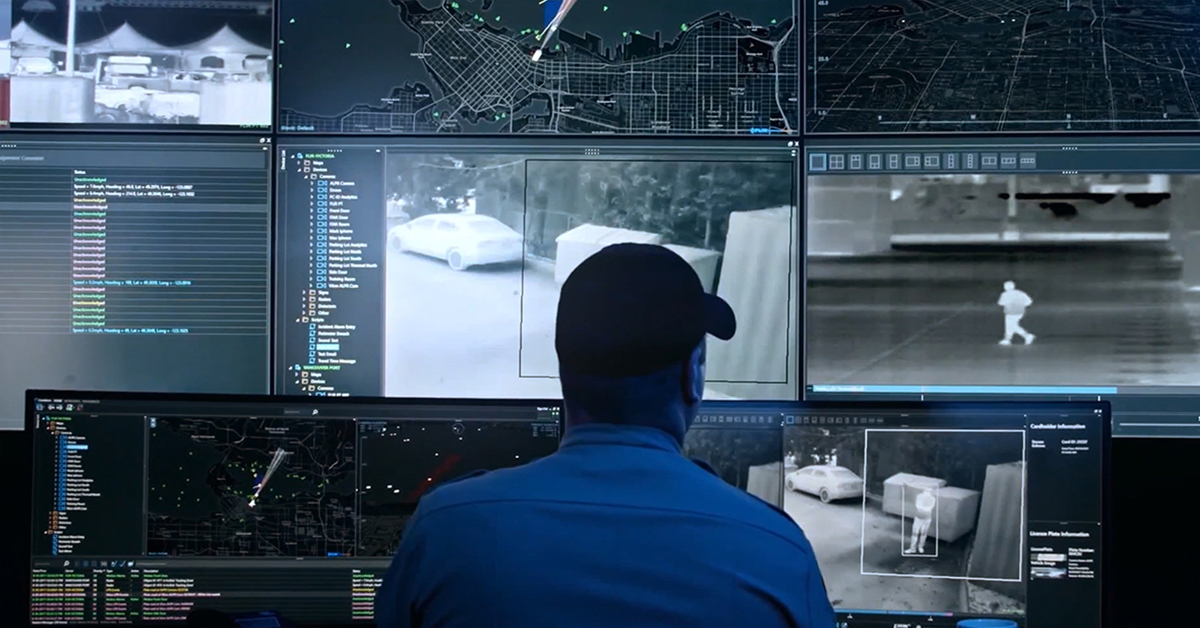
How Layering Multispectral PTZ Cameras and Radars Improve Perimeter Protection

POWER REMOTE RESET TECHNOLOGY - PRRT

Why Yacht Owners are Adding Thermal Imaging Cameras to Minimise the Risk of Lithium-Ion Battery Fires?
.png)
Intelligent Transportation Systems

Best Practices Guide for Perimeter Security Applications

Protect Pedestrians, Bicyclists and More with Thermal Smart Sensors
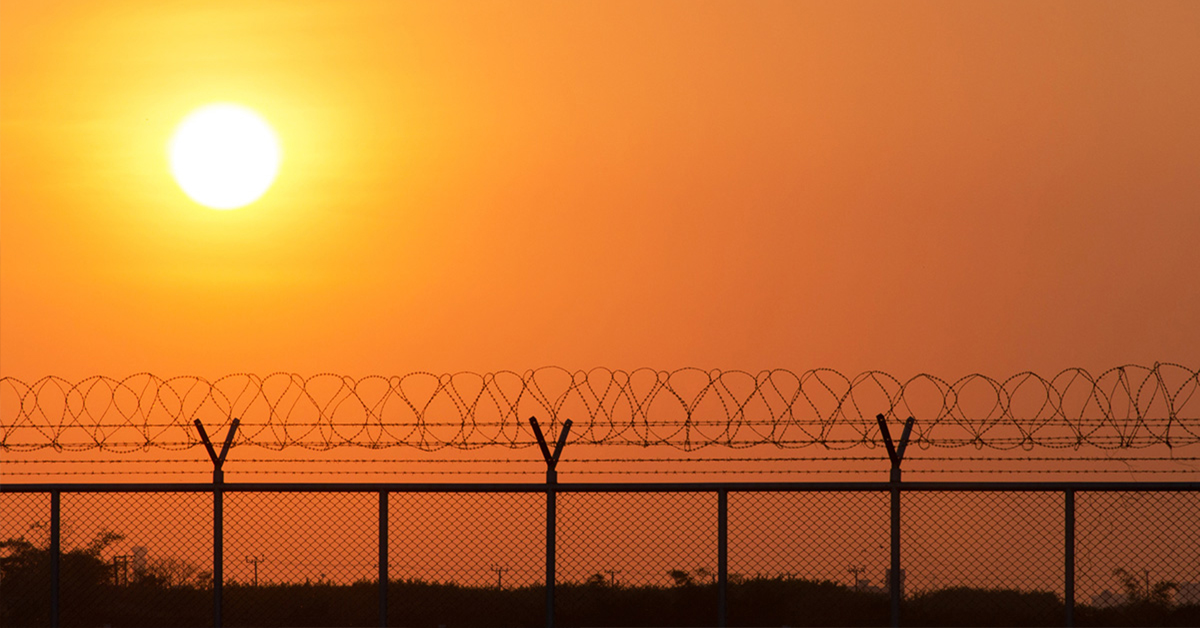
White Paper: Application of Ground-Based Security Radar to Perimeter Systems

What is Thermal Leakage and How to Reduce Its Risks
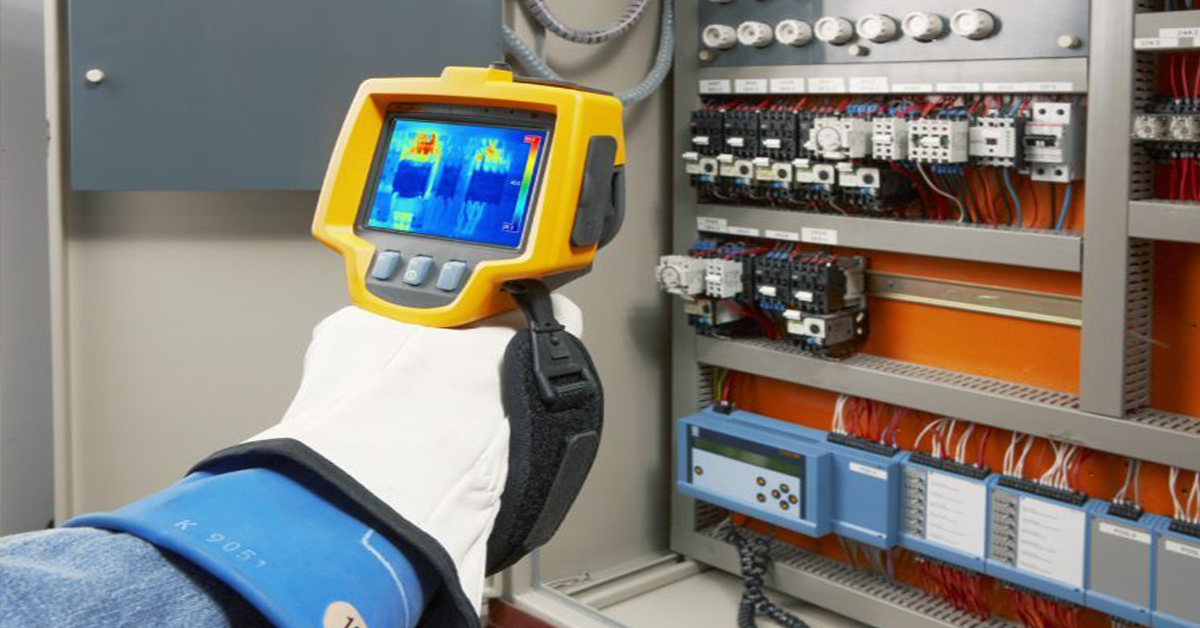
Battery Inspection Using Advanced Thermography

Providing ire Protection for Lithium Battery Storage
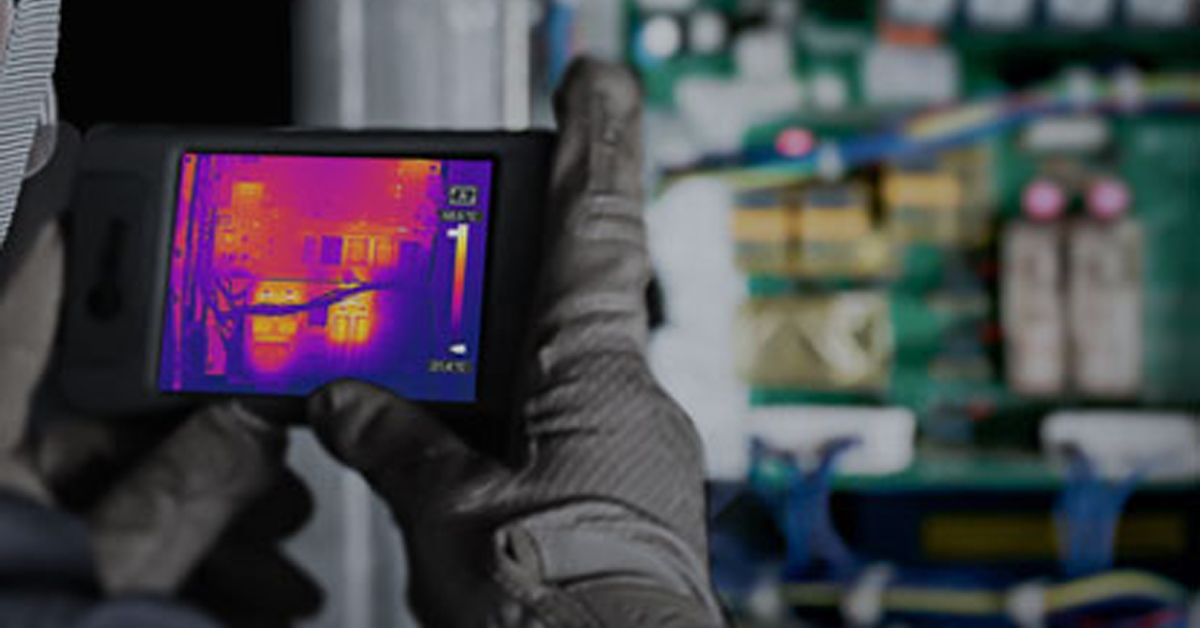
The Power of Thermal Imaging
.png)
Why Panel PCs Are Perfect For Industrial Applications?
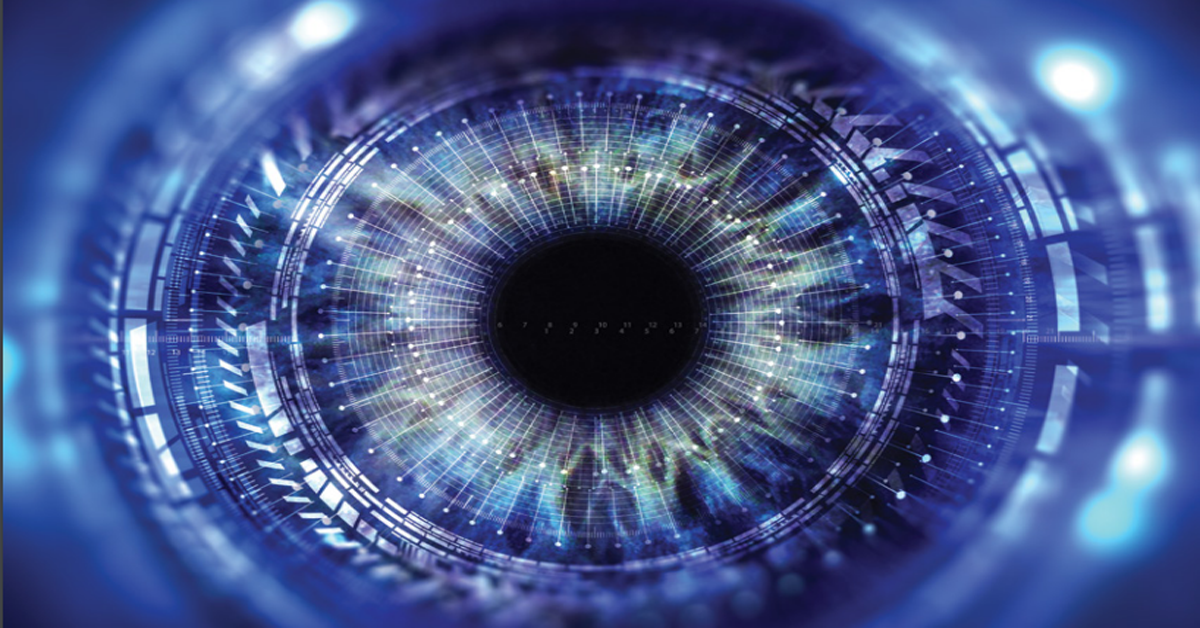
Teledyne DALSA
.png)
Advantages of Virtual Barrier Video Analytics for Perimeter Security Systems
.png)
.png)
NASA Takes the Teledyne FLIR Boson Thermal Camera Module Out of this World
.png)
Port Security Enhancement: DP World Yarımca's Trust in FLIR Security Solutions for Effective and Safe Port Operations
.png)
The Importance of Thermal Sensitivity (NETD) for Detection Accuracy
.png)
Bosphorus Boat Show 2025: The Meeting Point of the Maritime World

Application Spotlight: Critical Asset Monitoring for Thermal Conditions
.png)
Thermal Imaging for Marine Firefighting
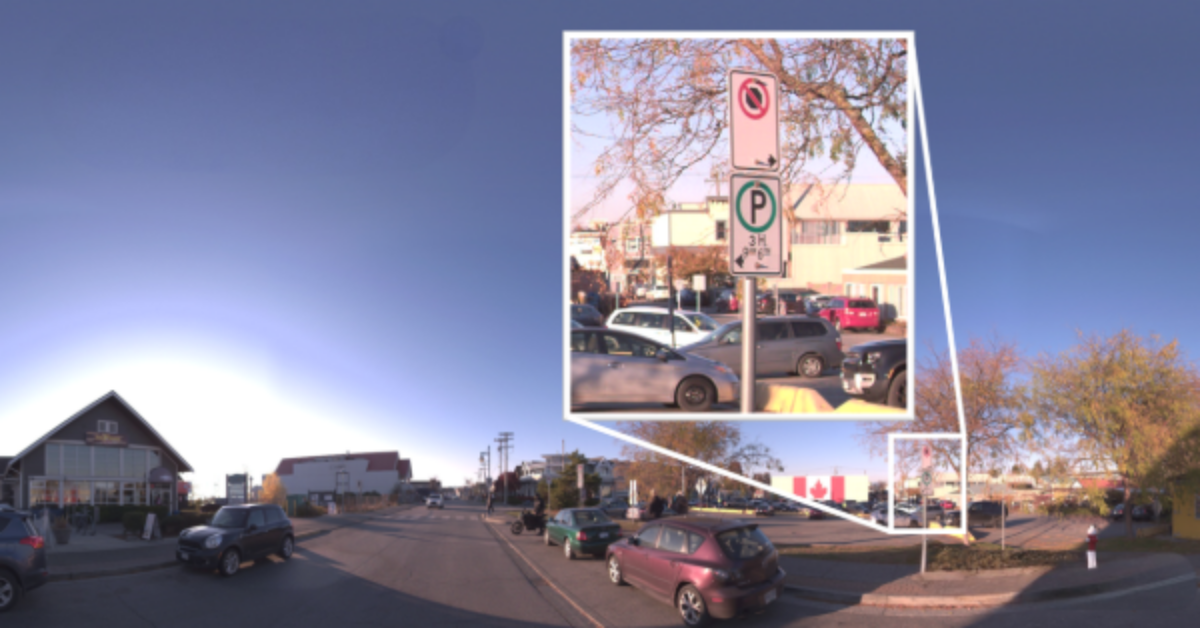
Imaging in Mobile Mapping
.png)
Using Thermal Imaging for Oil Spill Detection

Five Reasons Maritime First Responders Need Thermal Imaging

Case Study: Tackling Compressed Air Leaks in Automotive Parts Manufacturing with Acoustic Imaging

Thermal Night Vision as a Force Multiplier
.png)
Line Scan Contact Image Sensor - AxCIS
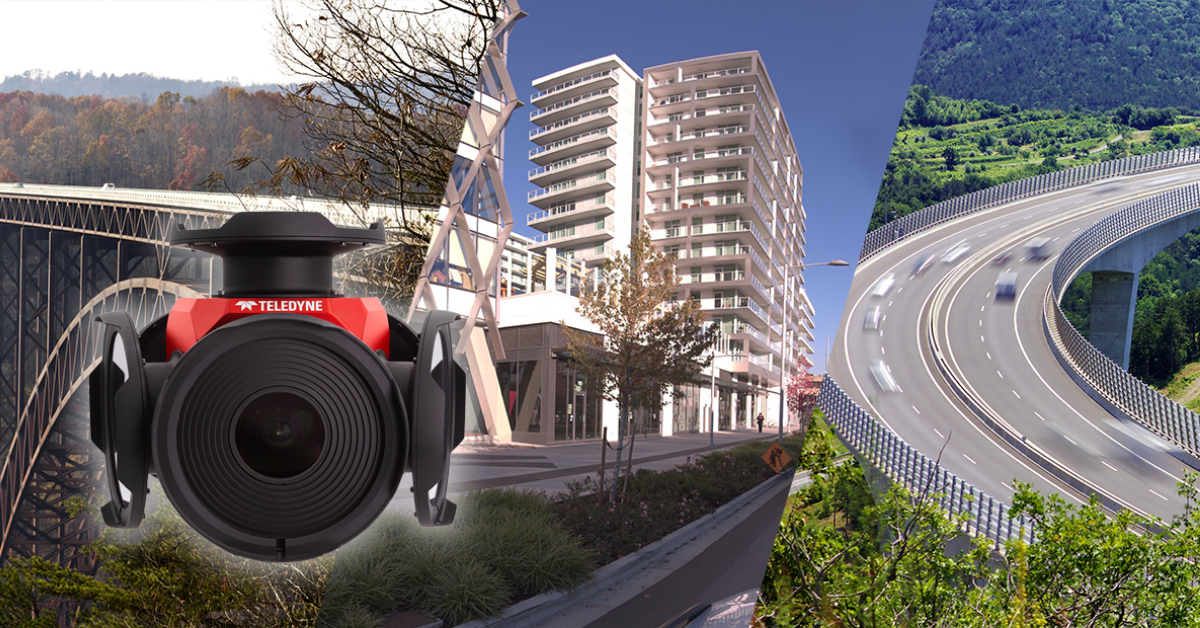
Beyond Resolution: What Really Makes a Camera System Work for Mobile Mapping
.png)
Multispectral Marine Cameras for USV Applications
.png)
Stabilizing FLIR Cameras for Smooth Viewing in Rough Waters
 (1).png)

